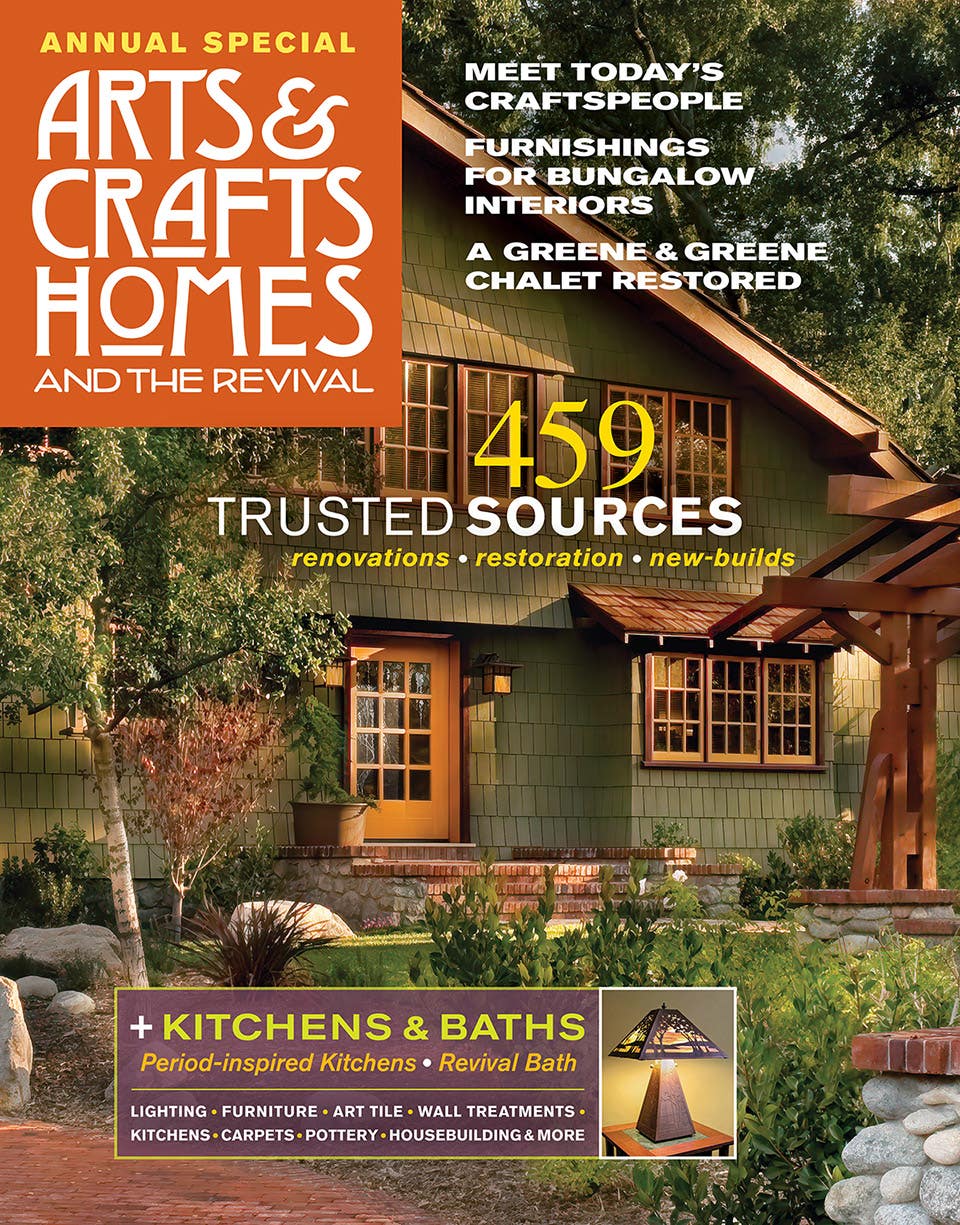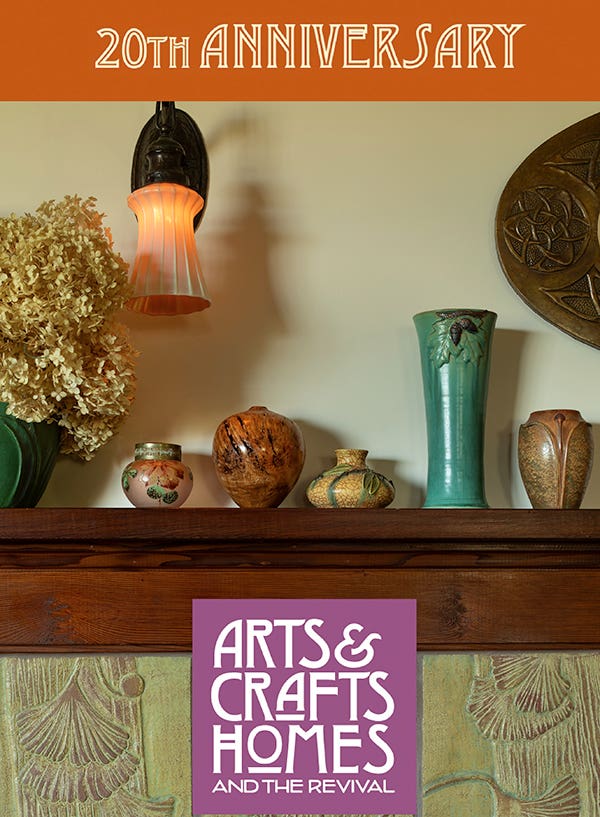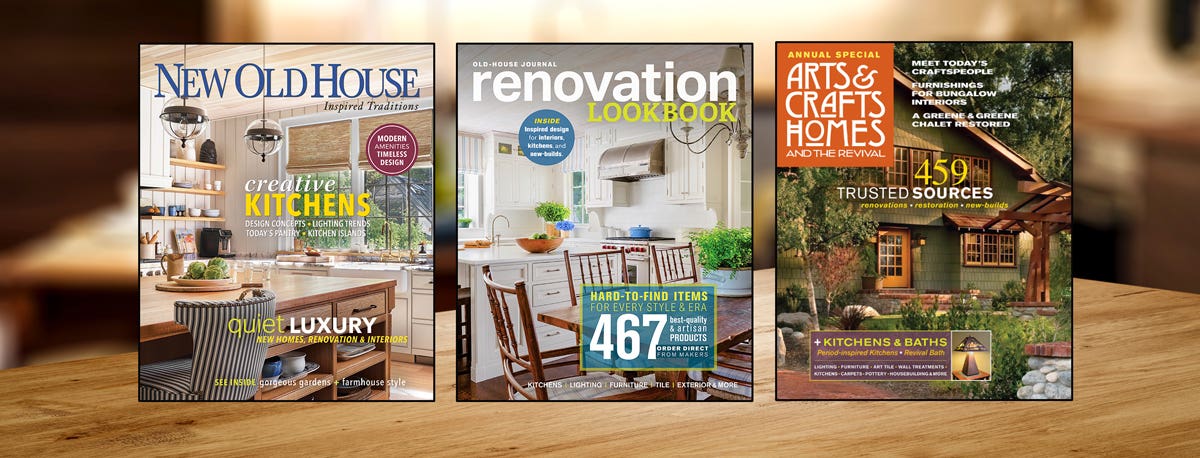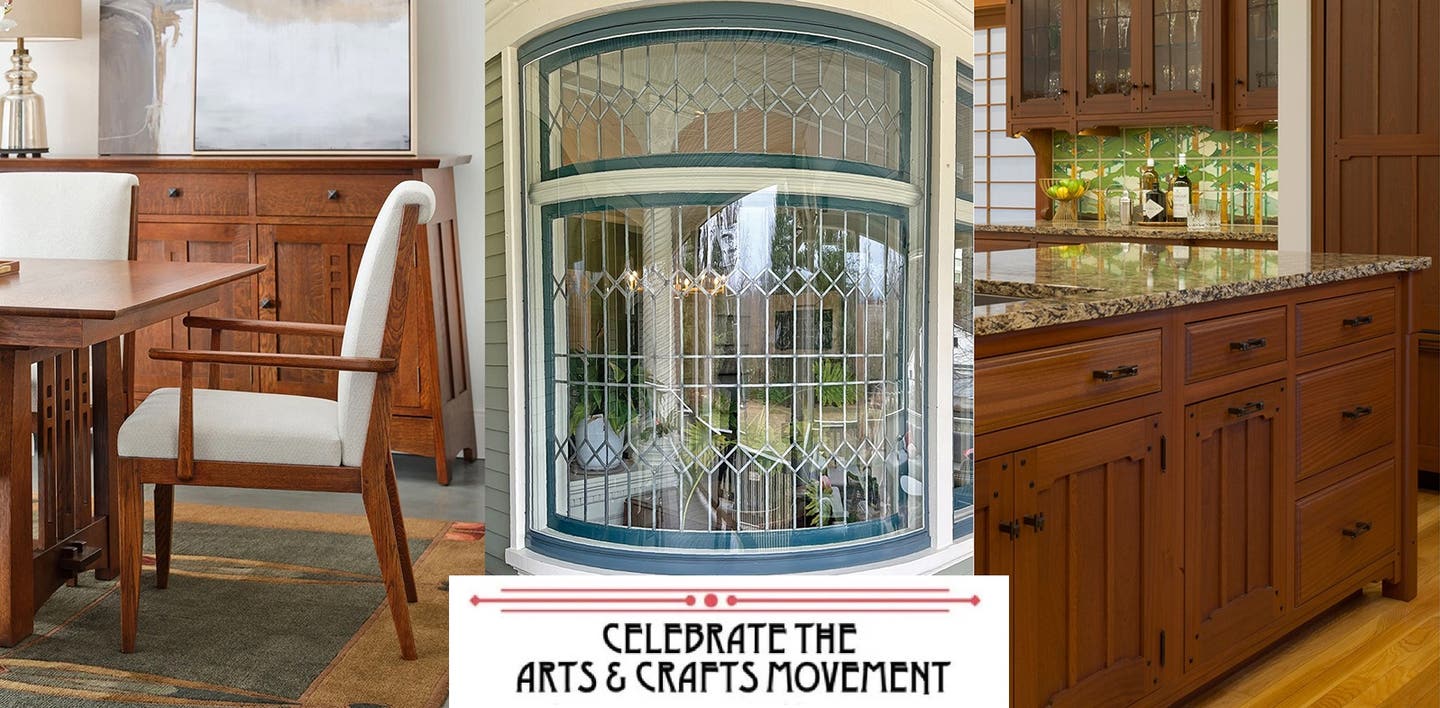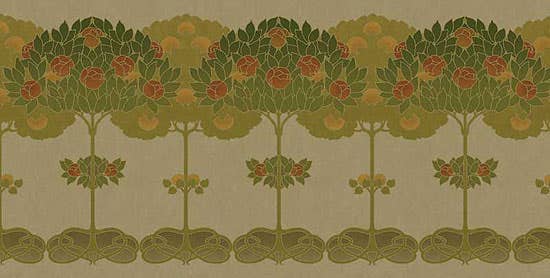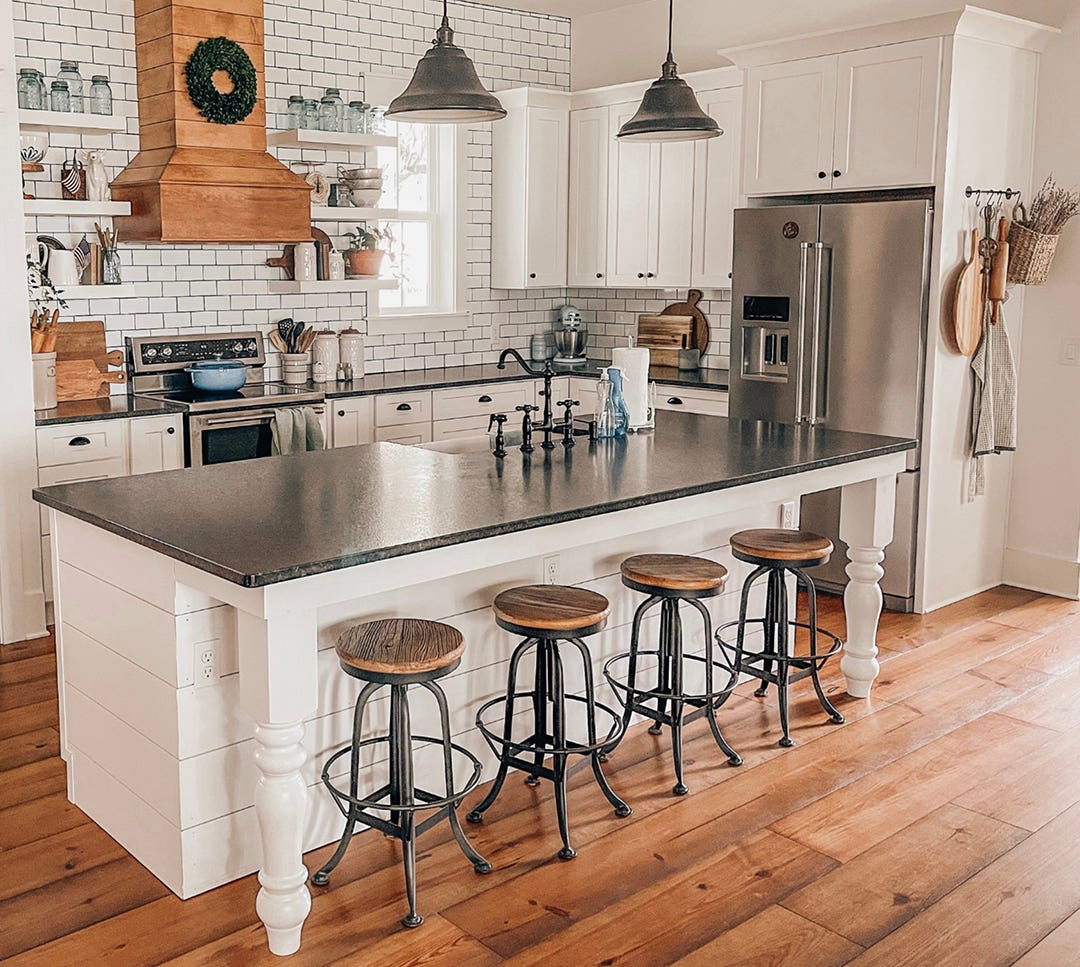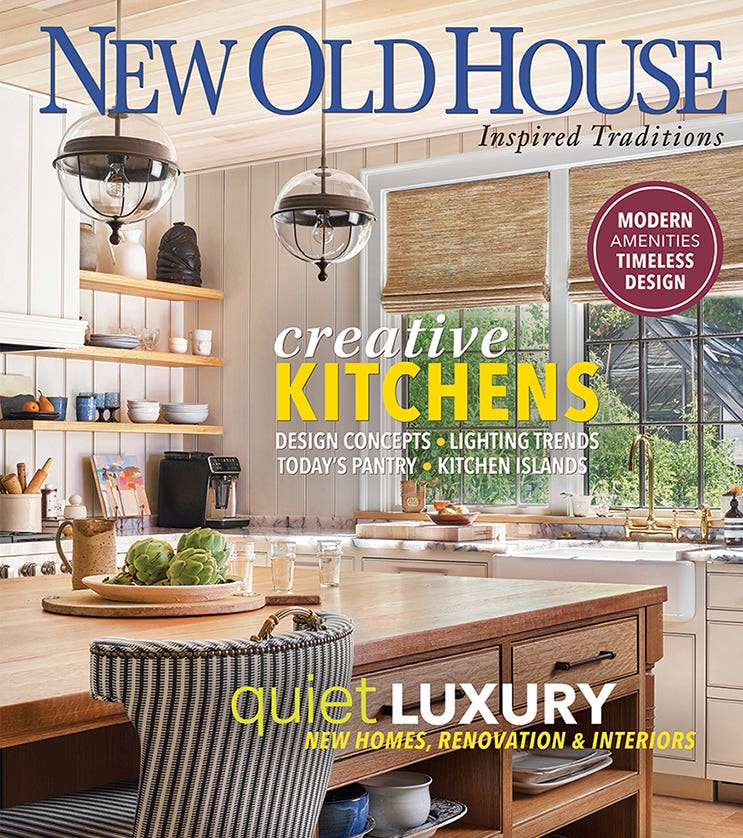To readers, friends & colleagues
How can a group of persons, in all their infinite differences, passions, and imperfections, create a perfect place? They cannot, at least not for long. But isn’t it wonderful how many have tried?
A Note from the Editor:
How can a group of persons, in all their infinite differences, passions, and imperfections, create a perfect place? They cannot, at least not for long. But isn’t it wonderful how many have tried?
Two stories in this new issue of Arts & Crafts Homes mention Byrdcliffe, an early-20th-century arts and crafts colony that still has a presence in Woodstock, New York. One of the founders, Ralph Radcliffe–Whitehead, who was not particularly interested in social reform, resisted the word “utopia.” Nevertheless, the historical marker at the site today labels it “an experiment in utopian living,” and it had many of the hallmarks of one.
Byrdcliffe went the way of most such dreams: It was vital for just a few years on its founders’ enthusiasm (and money), never sustained itself financially, and immediately spawned a maverick offshoot (called, in this case, The Maverick Colony—known for exceptional concerts and drunken parties in the woods) begun by an insider who couldn’t stomach the founder’s autocratic rules.
How can a group of persons, in all their infinite differences, passions, and imperfections, create a perfect place? They cannot, at least not for long. But isn’t it wonderful how many have tried?
Some say that utopias are all around us; we just don’t recognize them at the time. The perfect group of people working together, as on a movie or a magazine; the church community—this generation’s unlikely bunch of characters, charmingly diverse and yet tolerant; a loose guild of artisans devoted to their craft (and making a living, besides). Who said Utopia was permanent?
Subscribe to Arts & Crafts Homes, or pick up an issue at your favorite bookstore or newsstand. Order back issues through the Old-House Bookstore or call (800) 850-7279.
In mind and heart, I have a special place for adherents of the Arts & Crafts Movement, past and present. They seem to seek a utopia without using the word, and without resorting to intellectualizing and exclusivity. (Too busy working?) In fact, I’ve found among old-house people, in general, a joy in life that does not seek to change everyone else. I’m speaking of something as hard to explain as grace, a thing like a butterfly’s wing, which must die in order to be studied. Shhhh, let’s leave it at that.
Patricia Poore,Editor
ppoore@homebuyerpubs.com
10 Harbor Rd., Gloucester, MA 01930
Patricia Poore is Editor-in-chief of Old House Journal and Arts & Crafts Homes, as well as editorial director at Active Interest Media’s Home Group, overseeing New Old House, Traditional Building, and special-interest publications.
Poore joined Old House Journal when it was a Brooklyn-brownstoner newsletter in the late 1970s. She became owner and publisher and, except for the years 2002–2013, has been its editor. Poore founded the magazines Old-House Interiors (1995–2013) and Early Homes (2004–2017); their content is now available online and folded into Old-House Journal’s wider coverage. Poore also created GARBAGE magazine (1989–1994), the first unaffiliated environmental consumer magazine.
Poore has participated, hands-on, in several restorations, including her own homes: a 1911 brownstone in Park Slope, Brooklyn, and a 1904 Tudor–Shingle Style house in Gloucester, Massachusetts, where she brought up her boys and their wonderful dogs.

